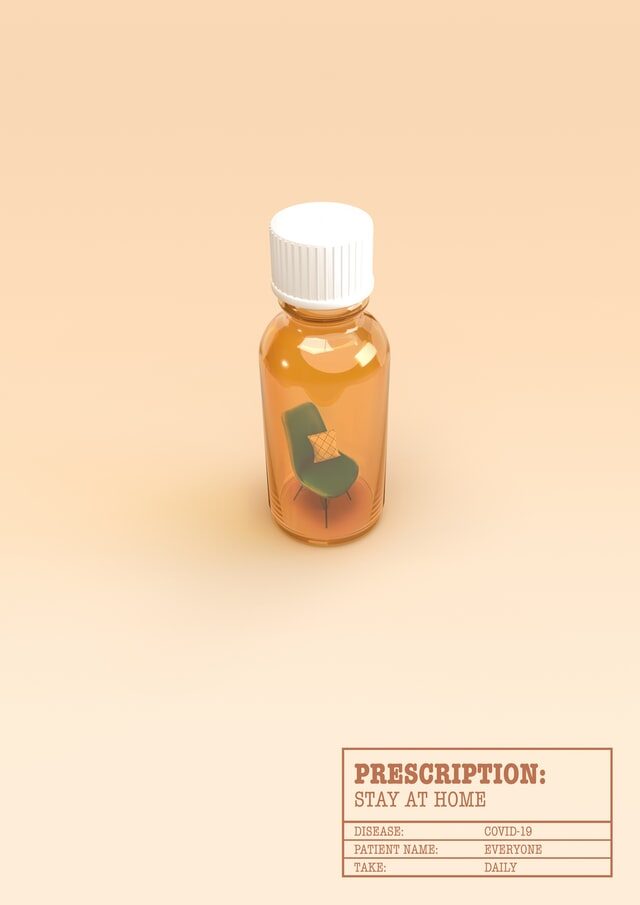Key trends in agency, virtual health, remote monitoring, and data-sharing
Pandemic-accelerated trends in consumer behavior have the potential to transform various aspects of the health care system. How can organizations meet consumers’ changing needs and move toward the future of health?
Executive summary
THE COVID-19 pandemic has turned the health care system upside down and challenged consumers’ sense of well-being. In many ways consumers are taking charge of their health more than ever before. They are learning about their health risks, communicating with their doctors in new and different ways, and changing their attitudes about data privacy.
Each of these factors has a significant influence on how consumers are feeling and interacting with the health system. Going forward, how will these events and factors change consumer behavior? Are we more or less likely to see empowered health care consumers?
We gained an understanding of current US consumer behaviors and attitudes through the 2020 Deloitte Center for Health Solutions’ biennial survey (the Deloitte 2020 Survey of US Health Care Consumers).
Since 2008, Deloitte has been conducting this survey to explore and collect longitudinal data on the subject, and this year we rolled it out just before the pandemic started. We also collected insights from a consumer survey during the pandemic (in April and early May 2020)—The Health Care Consumer Response to COVID-19 Survey.
Findings show that:
- Many consumers show agency and engagement: Consumers are increasingly willing to tell their doctors when they disagree with them, are using tools to get information on costs and health issues, are tracking their health conditions and using that data to make decisions, and accessing and using their medical record data.
- Consumers are using virtual visits more than ever before and plan to continue using them: Consumers using virtual visits rose from 15% to 19% from 2019 to early 2020; this jumped to 28% in April 2020. On average, 80% are likely to have another virtual visit, even post COVID-19. Most consumers are satisfied with their visits and say they will use this type of care again.










